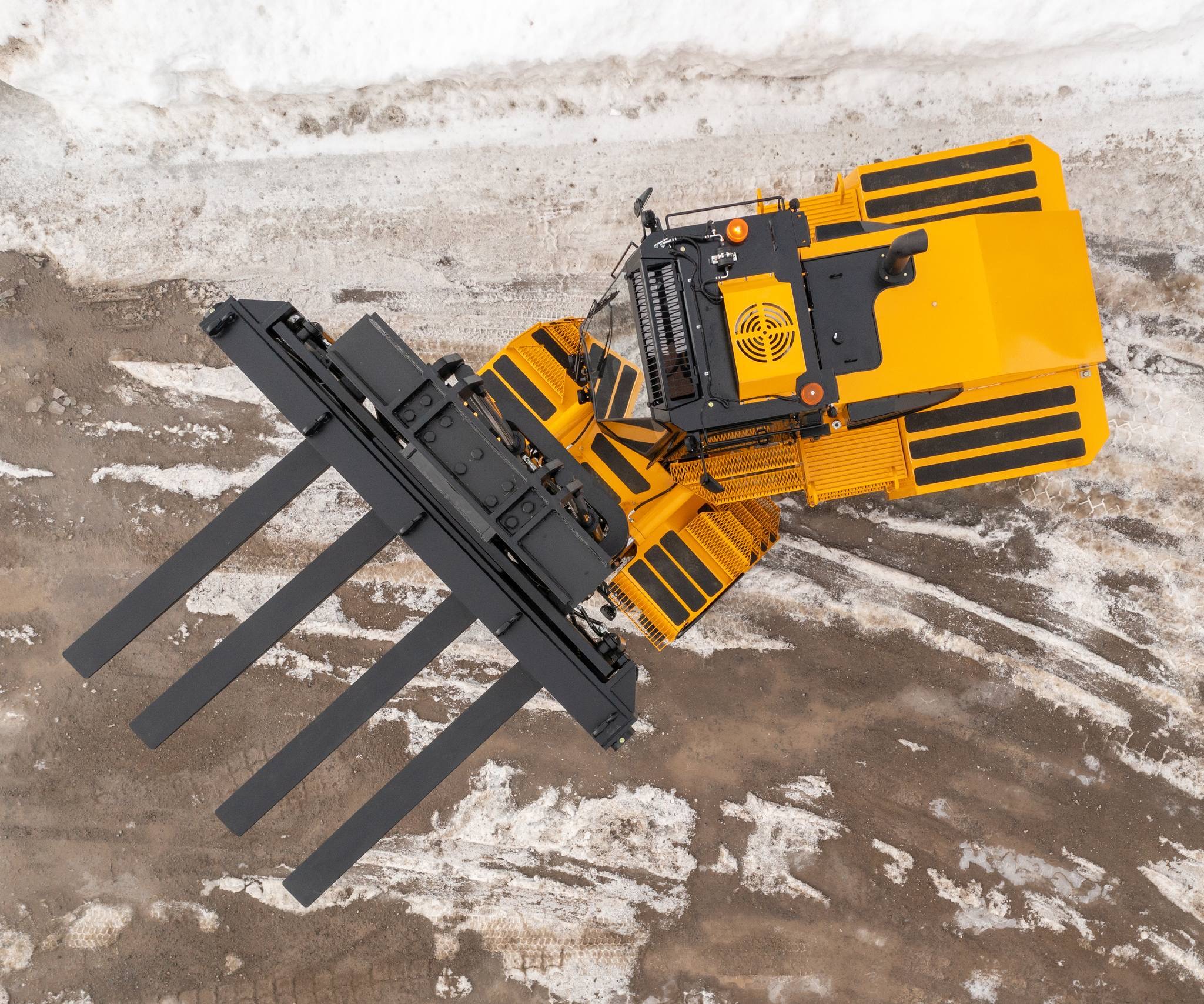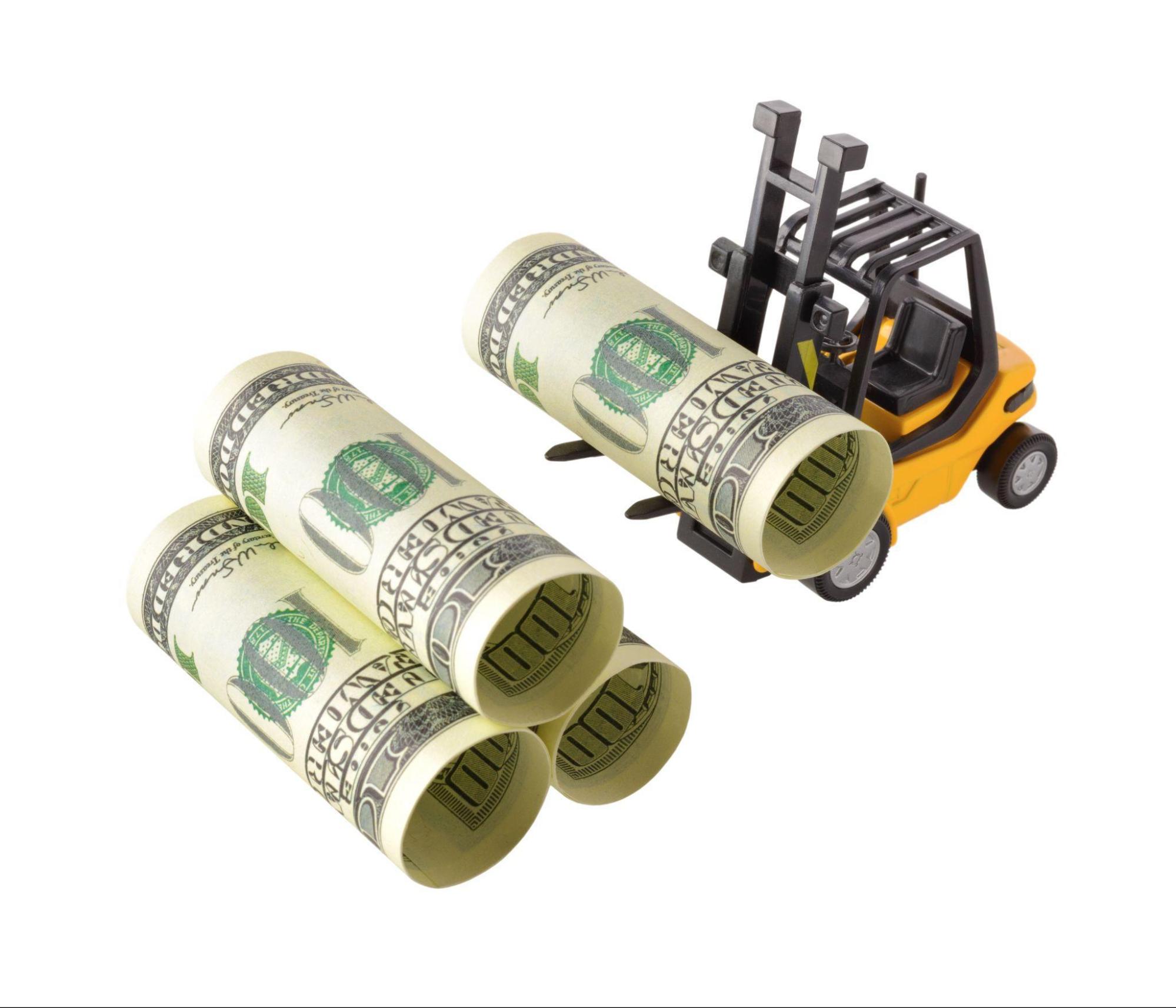
As a logistics manager or warehouse supervisor, you know that efficient and reliable equipment is essential for better productivity and a competitive edge. When using a lifting tool, your company may decide between buying a forklift, leasing, or leasing with an option to buy. Each choice has its pros and cons. Before deciding, comparing each solution based on the total cost of ownership (TCO), your operational needs, and the intended usage duration is crucial. Here are some important considerations regarding the advantages and disadvantages of leasing, buying, and leasing with an option to buy a forklift.
Advantages and Disadvantages of Leasing
Leasing is a short-term solution that allows you to use a forklift for a period ranging from a few weeks to several months or even a year.
Why Lease a Forklift?
This option is ideal for covering short-term or seasonal needs. Leasing a forklift offers attractive budget flexibility: this solution prevents you from investing in a forklift that will be used infrequently. Maintenance fees, along with the rental cost, are generally included in the contract, simplifying your management fees and avoiding unexpected costs. Leasing lifting equipment also allows access to recent and technologically advanced equipment.
What Are the Limitations of Leasing a Forklift?
Leasing can be more expensive in the long run compared to buying, mainly if the forklift is used frequently. The availability of equipment may also be limited based on the lessor’s stock, which can cause delays in your work. In some cases, additional fees may apply if the rental duration or the number of usage hours exceeds the agreed terms.
Advantages and Disadvantages of Financing
Financing is a form of funding that allows you to use a forklift for a specified duration in exchange for monthly payments, with the option to buy it at the end of the contract.
Why is Leasing a Forklift with an Option to Buy Interesting?
Financing offers budget flexibility, as it allows you to spread the payments over several months. This option also lets you test the equipment in real usage conditions before deciding to buy it. At the end of the contract, you can choose to buy the forklift, return it, or renew your lease with an option to buy a newer model.
Important Note: There may be tax advantages for financing, but we recommend consulting a tax expert to evaluate your situation. Since January 1, 2019, Canadian public companies must comply with IFRS 16 for the accounting of lease contracts, while private companies can choose between adopting IFRS 16 or the Accounting Standards for Private Enterprises (ASPE).
What Are the Disadvantages of Leasing with an Option to Buy?
The total cost of financing can be higher than an outright purchase, especially considering the interest. Penalties may also apply if the mileage or usage hours exceed the contract terms.
Advantages and Disadvantages of Buying
Buying a forklift involves paying the full price of the equipment at the time of acquisition. You can pay for your purchase upfront or finance your forklift with a loan.
What Are the Advantages of Buying a Forklift?
Buying provides total freedom of use without time or mileage limitations. The forklift becomes a company asset and can be resold later.
What Are the Disadvantages of Buying a Forklift?
Buying a forklift represents a significant initial investment that can strain your company’s cash flow. Once acquired, you are responsible for maintenance, repair, and insurance costs.
Four Factors to Consider for Making the Right Choice
Choosing between buying, leasing with an option to buy, or leasing a forklift is essential for companies that rely on these machines. To help you make the right decision, it is necessary to analyze different key elements, such as:
Total Cost of Ownership (TCO):
Also known as the total cost of ownership, the TCO calculates the complete cost of an asset, like your forklift, throughout its lifecycle. TCO considers all associated costs, including direct costs like the initial purchase price, maintenance, operating expenses such as fuel and indirect costs like insurance and driver training. The operator’s cost represents the most significant portion of TCO, between 70% and 80%, while maintenance accounts for 10% to 20%, and the equipment price alone is only 10%. To determine the most beneficial option, knowing and comparing the TCO for each scenario: leasing, buying, and leasing with an option to buy is wise.
Duration of Forklift Use:
The intended duration of forklift use is a determining factor. If you plan to use your equipment for an extended period, such as over five years, buying may be a more economical option as you will fully benefit from the residual value of your forklift. Conversely, leasing a forklift might be the most advantageous option if you need it for a short period or seasonally, as it offers greater flexibility and avoids various costs, such as maintenance.
Your Flexibility Needs:
Leasing offers the greatest flexibility: you can easily switch forklift models based on your evolving needs. Buying a forklift is the least adaptable solution, especially if you plan to adapt your equipment according to the rapid changes in your industry. However, purchasing a forklift offers privileges such as total freedom of use and customization of your equipment, as well as the absence of constraints linked to a rental contract. Leasing with an option to buy provides some flexibility as it allows for an upgrade at the end of the contract. This solution is less flexible than short-term leasing but more adaptable than outright purchase.
Forklift Maintenance and Upkeep:
The cost of forklift maintenance is an essential factor to consider regardless of the chosen acquisition method. Maintenance expenses, which include replacing parts, safety checks, and repairs, are inevitable to ensure optimal and safe operation of your forklift throughout its lifecycle. The conditions generally differ depending on the chosen option:
- Lease contracts often include maintenance, saving you from handling regular or unexpected maintenance costs;
- If you choose to lease a forklift with an option to buy, note that maintenance conditions can vary significantly from one contract to another. Therefore, it is crucial to check the clauses related to preventive maintenance, repairs, and cost coverage before committing;
- After purchasing, you have complete control over your forklift maintenance: you can choose your suppliers, the quality of parts, and the frequency of interventions, knowing that you bear the full financial responsibility for all related costs.
Case Study
To meet forklift needs in a mine, Vallée offers a 2023 model with all-wheel drive and a spacious cabin providing a clear view of the work environment. An indicative base cost of $595,000 is announced. Three acquisition modes are proposed:
- Purchase with bank financing. The loan will be repaid at a variable interest rate of 8.39%. The amortization extends over six years or 72 months, with a monthly payment of $10,545.95. You can use this calculator: https://ised-isde.canada.ca/site/vllc/en/lease-loan-calculator/calculators
- Subscription to a five-year or 60-month lease with a monthly payment of $9,872. The purchase option is activated at the end of the contract with a fee of $148,750;
- A six-year or 72-month lease with a monthly payment of $10,360. These different options are examples of proposals that professionals like Vallée can present to you when choosing between buying a forklift, leasing with an option to buy, or leasing.
Conclusion
The choice of acquisition method depends entirely on your needs and situation. If simplicity in managing maintenance costs is your priority, leasing with a contract that includes maintenance may be the most advantageous option. Buying is preferable when you prioritize total control and are willing to bear the financial costs of maintenance. Leasing with an option to buy offers an interesting alternative and requires a thorough analysis of the contract clauses related to maintenance. Contact our experts today for more information on the best choice for your business.




